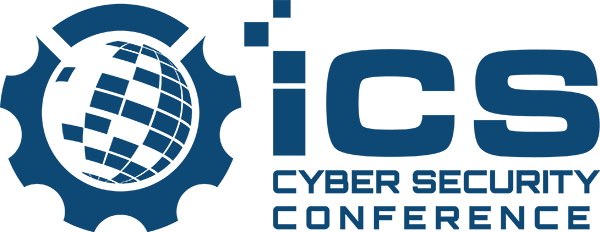(Eduard Kovacs – SecurityWeek) – Siemens recently updated its security bulletin for the Meltdown and Spectre vulnerabilities to inform customers of the latest variants, specifically the ones known as LazyFP and Spectre 1.1.
Several industrial control systems (ICS) vendors published security advisories for the CPU flaws shortly after they were disclosed in early January. Siemens published a bulletin on speculative side-channel vulnerabilities on January 11.
In late May, the company updated its bulletin to include information about Variant 3a and Variant 4, which are also known as Spectre-NG. On Tuesday, Siemens once again updated the security bulletin to describe the variants known as LazyFP, a medium severity Meltdown-like flaw disclosed in mid-June and tracked as CVE-2018-3665, and Spectre 1.1, disclosed earlier this month and tracked as CVE-2017-5753.
LazyFP is related to the floating point unit (FPU), also known as the math coprocessor. Researchers discovered that if certain conditions are met an attacker may be able to access FPU state data, which can contain sensitive information, such as cryptographic keys.
Spectre 1.1, described as a bounds check bypass store (BCBS) issue, was disclosed along with Spectre 1.2. Intel awarded $100,000 to the researchers who identified these variants.
While LazyFP and Spectre 1.1 are related to the original Meltdown and Spectre vulnerabilities, CPU and operating system vendors are not as concerned about their impact.
Register for SecurityWeek’s 2018 ICS Cyber Security Conference
Siemens has advised customers to keep an eye out for software and firmware updates provided for operating systems and processors, but warned that some of these updates “can result in compatibility, performance or stability issues.”
The German industrial giant continues to analyze the impact of these vulnerabilities on its products.
In the case of the original Meltdown and Spectre flaws, they have been found to impact many Siemens products, including SIMATIC, RUGGEDCOM, SIMOTION, SINEMA and SINUMERIK devices. The company has released both software and BIOS updates, along with workarounds and mitigations.
Related: Siemens Patches Flaws in SIMATIC Controllers, Mobile Apps
Related: Flaws Expose Siemens Central Plant Clocks to Attacks
Siemens Warns Customers of New Meltdown, Spectre Variants
(Eduard Kovacs - SecurityWeek) - Siemens recently updated its security bulletin for the Meltdown and Spectre vulnerabilities to inform customers of the latest variants, specifically the ones known as LazyFP and Spectre 1.1. Several industrial control systems (ICS) vendors published security advisories for the CPU flaws shortly after they were disclosed in early January. Siemens published a bulletin on speculative side-channel vulnerabilities on January 11. In late May, the company updated its bulletin to include information about Variant 3a and Variant 4,
U.S. House Passes Bill to Enhance Industrial Cybersecurity
(SecurityWeek - Eduard Kovacs) - The U.S. House of Representatives on Monday passed a bill aimed at protecting industrial control systems (ICS), particularly ones used in critical infrastructure, against cyberattacks. The legislation, H.R. 5733, formally known as the “DHS Industrial Control Systems Capabilities Enhancement Act,” was introduced on May 9 by Rep. Don Bacon (R-NE) and it was approved by the House Committee on Homeland Security on June 6. The bill was announced a few weeks after the United States officially
Rockwell Patches Vulnerability Impacting Safety Controllers From Several Vendors
(Eduard Kovacs - SecurityWeek) - In April, at SecurityWeek’s ICS Cyber Security Conference in Singapore, industrial cybersecurity firm Applied Risk disclosed the details of a serious denial-of-service (DoS) vulnerability affecting safety controllers from several major vendors. Rockwell Automation is one of those vendors and the company has now released patches for its products. In an advisory published last week, Rockwell Automation informed customers that the flaw impacts Allen-Bradley CompactLogix 5370 and Compact GuardLogix 5370 programmable automation controllers, which are used to control processes
Triton ICS Malware Developers Likely Copied Code From Legitimate Libraries
(Eduard Kovacs - SecurityWeek) - The developers of Triton, a recently discovered piece of malware designed to target industrial control systems (ICS), reverse engineered a legitimate file in an effort to understand how the targeted devices work. Triton, also known as Trisis and HatMan, was discovered in August 2017 after a threat group linked by some to Iran used it against a critical infrastructure organization in the Middle East. The malware targets Schneider Electric’s Triconex Safety Instrumented System (SIS) controllers, which
‘Chrysene’ Group Targets ICS Networks in Middle East, United Kingdom
(SecurityWeek - Eduard Kovacs) - A threat actor with ties to hacker groups believed to be operating out of Iran has been targeting the industrial networks of organizations in the Middle East and the United Kingdom. Tracked by industrial cybersecurity firm Dragos as “Chrysene,” the actor has been linked to OilRig and Greenbug, groups that have mainly focused on the Arabian Gulf region and which are believed to have been involved in the Shamoon and Shamoon 2 attacks. According to Dragos, Chrysene
The Need for ICS Security Operations Centers (Video)
[Presented at SecurityWeek's 2017 Singapore ICS Cyber Security Conference] Register for the 2018 Event Session Description: Presented by Joss Menting, Chief Technologist, Lab Manager Cybersecurity, ENGIE Lab LABORELEC Cybersecurity for Industrial Control Systems (ICS) is gaining importance fast and cannot be covered by one single action. To accept is easy, to continue is difficult; It takes a lot of efforts for ICS assets to reach an acceptable level of security. However, it takes much more to maintain that level over a sustainable
Protecting Against Unauthorized PLC Modifications
[Presentation from SecurityWeek's 2017 Singapore ICS Cyber Security Conference] Operations managers need to be 100% certain that their PLCs’ software is shielded from unauthorized modifications, to assure that operational processes go uninterrupted. This session demonstrates how PLC software can be modified without operators being aware, and outline the potential impact on ongoing ICS processes. An attack demo shows how to simulate an engineering workstation operation to change the firmware of the PLC while keeping the communication with the SCADA system intact. Various defense
Russia-linked Hackers Target Control Systems in U.S. Energy Firms: Symantec
(Eduard Kovacs, SecurityWeek) - A group of cyberspies believed to be operating out of Russia has been observed targeting energy facilities in the United States and other countries, and the attackers appear to be increasingly interested in gaining access to the control systems housed by these organizations. The group, known as Dragonfly, Crouching Yeti and Energetic Bear, has been active since at least 2010, but its activities were first detailed by security firms in 2014. Many of the threat actor’s attacks have focused on
GCHQ Warns of State-sponsored Hackers Targeting Critical Infrastructure
By Kevin Townsend (SecurityWeek) The U.K. Government Communications Headquarters (GCHQ), Britain's secret eavesdropping agency, warns that 'a number of [UK] Industrial Control System engineering and services organisations are likely to have been compromised' following the discovery of 'connections from multiple UK IP addresses to infrastructure associated with advanced state-sponsored hostile threat actors.' The warning comes from a National Cyber Security Centre (NCSC) memo obtained by Motherboard and confirmed by the BBC. NCSC is part of the UK's primary cyber intelligence agency, GCHQ. From the little information available, it
What Modular, Network-based ICS Threats Mean to Your Systems
By Cameron Camp, Security Researcher, ESET Industroyer, the recent complex malware targeting industrial control systems, offers attackers a modular complex way to attack systems like the power grid. What are the implications of this? For years, adversaries have been quietly testing the defenses of bulk critical infrastructure like gas and oil systems, hydroelectric dams and the power grid. In recent years, starting with Stuxnet in 2010, more focused attempts at directly manipulating industrial systems have started to gain prominence, including Industroyer, which



